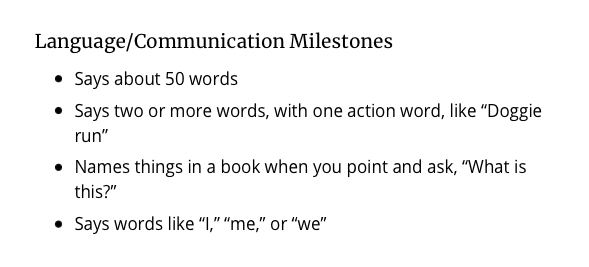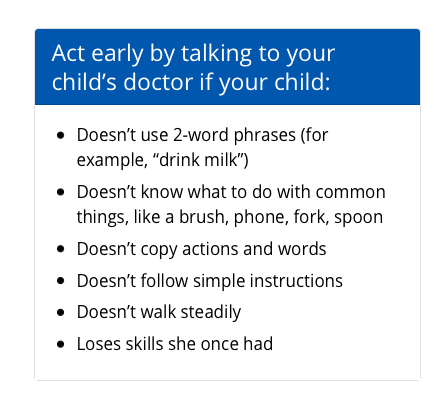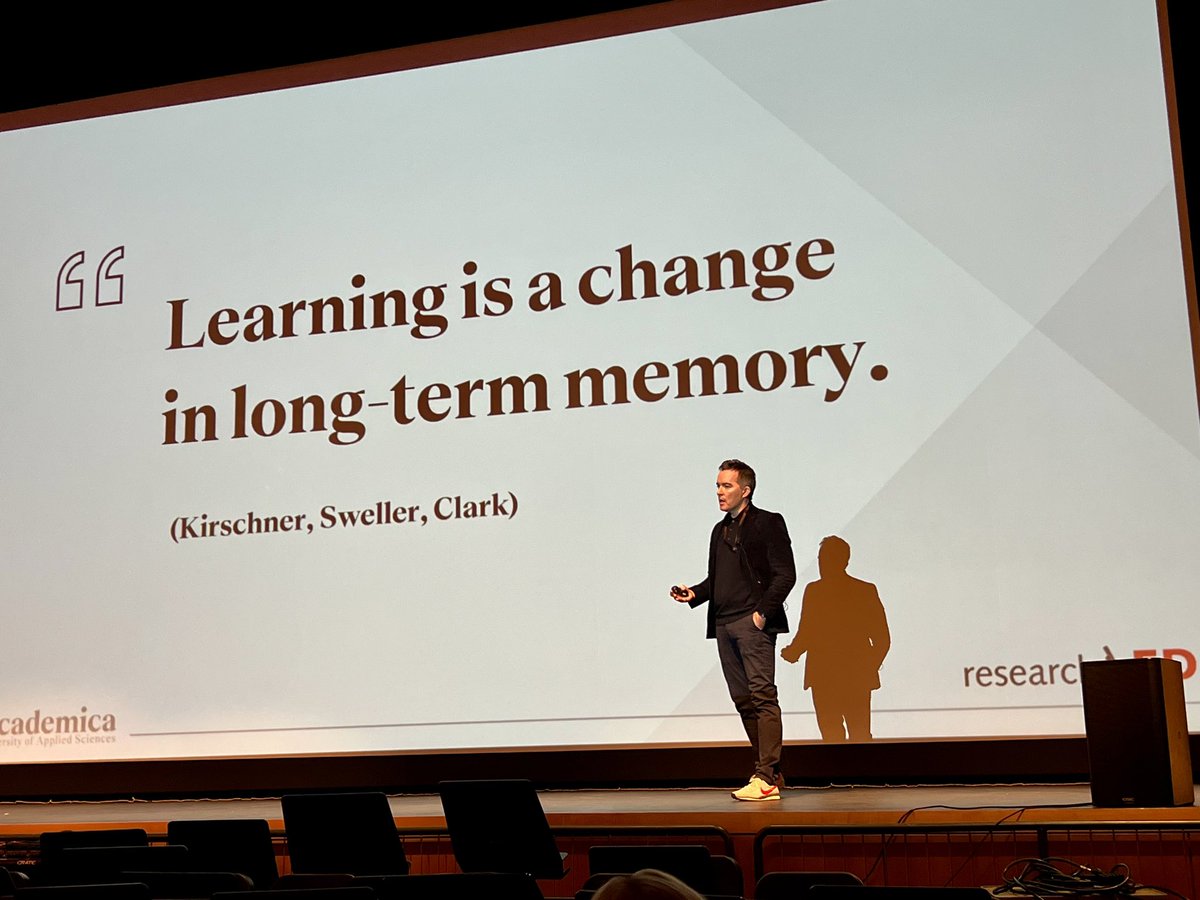I've been digging into claims that @CDCgov recently lowered its bar for children's speech development.
CDC did change milestones. Today, it's out of line with @ASHAWeb & NY State.
Importantly, these other orgs haven't changed any guidance during the pandemic.
Let's unpack.
CDC did change milestones. Today, it's out of line with @ASHAWeb & NY State.
Importantly, these other orgs haven't changed any guidance during the pandemic.
Let's unpack.
Now, I'm not a speech pathologist, nor do I play one on Twitter. But literacy advocates & Speech & Language Pathologists share common advocacy terrain, so I Know People.
I had many conversations today with SLP friends. The universal refrain:
@ASHAWeb is the Gold Standard.
I had many conversations today with SLP friends. The universal refrain:
@ASHAWeb is the Gold Standard.
The American Speech-Language-Hearing Association (@ASHAWeb) is clear that "saying fewer than 50 words" when a child is two years old is a sign of a "language problem."
See:
asha.org/public/early-i…
See:
asha.org/public/early-i…

.@ASHAWeb has been critiqued by many SLPs for staying on the sidelines about masking.
Whatever you think about that...
ASHA's guidance has remained completely unchanged during COVID.
ASHA in April 2019 via @waybackmachine:
web.archive.org/web/2019042604…
Whatever you think about that...
ASHA's guidance has remained completely unchanged during COVID.
ASHA in April 2019 via @waybackmachine:
web.archive.org/web/2019042604…
So now let's look at the recent changes made by the @CDCgov, with support by the @AmerAcadPeds.
Here's @CDCgov on 2YO milestones now (left).
cdc.gov/ncbddd/actearl…
Compared to the CDC in March, 2021 via
@waybackmachine (right).
web.archive.org/web/2021030904…
The difference in 2YO milestones:

cdc.gov/ncbddd/actearl…
Compared to the CDC in March, 2021 via
@waybackmachine (right).
web.archive.org/web/2021030904…
The difference in 2YO milestones:


Pre-pandemic, two year olds were typically repeating words and speaking two- to four-word sentences.
Also, "knowing names" of familiar things.
The original CDC videos won't render via the Wayback Machine, I can't go deeper into what all this means.
Also, "knowing names" of familiar things.
The original CDC videos won't render via the Wayback Machine, I can't go deeper into what all this means.

Today, @CDCgov milestones are heavy on pointing and gesturing, and typical 2 year olds are only expected to say two words together. 

In latest changes, @CDCgov introduced a 30-month milestone, which didn't exist previously.
For the first time, @CDCgov milestones introduce expectations for number of words spoken: 50. cdc.gov/ncbddd/actearl…
Recall, @ASHAWeb says that 50 words at 2YO is a red flag for delays.
For the first time, @CDCgov milestones introduce expectations for number of words spoken: 50. cdc.gov/ncbddd/actearl…
Recall, @ASHAWeb says that 50 words at 2YO is a red flag for delays.

Age 2 has always been a pivotal year in children's speech development. Many kids make major speech strides between 18-24 months, which is why Early Intervention services typically start at age 2.
Accordingly, 2YO milestones warrant special focus.
The other thing I noticed...
Accordingly, 2YO milestones warrant special focus.
The other thing I noticed...
Is that the @CDCgov milestones for 2YOs used to have an "Act early" section at the bottom of the page, emphasizing the 2-word phrase expectation.
Now, there are some parenting tips.
I find these to be less helpful.
(Pages linked above.)

Now, there are some parenting tips.
I find these to be less helpful.
(Pages linked above.)


I was surprised that @CDCgov milestones didn't mention expected number of words spoken by a 2YO (now, and pre-pandemic).
When I had a speech delayed 2YO, I found those to be really helpful.
So, I refreshed my memory on the milestones in my state, New York.
When I had a speech delayed 2YO, I found those to be really helpful.
So, I refreshed my memory on the milestones in my state, New York.
New York State says the same thing now:
health.ny.gov/publications/0…
As it said in 2019:
web.archive.org/web/2019022219…
At age 2, most children speak 2-3 word sentences and "say about 50 words."
health.ny.gov/publications/0…
As it said in 2019:
web.archive.org/web/2019022219…
At age 2, most children speak 2-3 word sentences and "say about 50 words."

I find it odd that the @CDCgov – an organization that takes a conservative stance on sunny side up eggs and sampling of cooking dough – takes the least caution position, by far, on children's speech development.
Especially in its latest updates.
Especially in its latest updates.
And now, I’d like to talk anecdotally, about one mom’s experience with a speech-delayed two year old in New York State.
That mom is me.
That mom is me.

When this wee New Yorker turned two, she spoke ~20 words.
She was evaluated by NY State Early Intervention, and qualified immediately for speech therapy, which began at age 27 months.
3 months later, she was speaking sentences.
It was frankly amazing.
She was evaluated by NY State Early Intervention, and qualified immediately for speech therapy, which began at age 27 months.
3 months later, she was speaking sentences.
It was frankly amazing.

One reason I feel confident about the New York State and @ASHAWeb guidelines is that all SLPs who considered my daughter’s case were consistent:
If she had less than 50 words at age two, that was a BIG problem.
No one said, “It’s no biggie! Give it ‘til 30 months!”
If she had less than 50 words at age two, that was a BIG problem.
No one said, “It’s no biggie! Give it ‘til 30 months!”

What’s more, *everyone* told me to count the number of words she spoke. I had a post-it that tracked the words.
I also had a huge assist: my amazing sister is a speech pathologist who saw warning signs for my daughter – early, by 15 months – and told me what to look for.
❤️
I also had a huge assist: my amazing sister is a speech pathologist who saw warning signs for my daughter – early, by 15 months – and told me what to look for.
❤️
I count my blessings that people (first my sister, then others, incl NYS professionals) explained spoken word milestones clearly.
So clearly that I could act on them as a parent.
Child development experts rightly emphasize the importance of early intervention…
So clearly that I could act on them as a parent.
Child development experts rightly emphasize the importance of early intervention…
These new @CDCgov @AmerAcadPeds milestones fly in the face of early intervention, and we have to ask why.
This isn’t the first time @CDCgov made quiet updates to guidance related to risks of masking young children.
Of note:
Of note:
https://twitter.com/karenvaites/status/1483418732714246148
Have doubts?
Here’s the @MayoClinic, noting 50 words “or more” as appropriate at age 2.
FWIW, my speech pathologist sister who was monitoring my daughter told me that most kids speak 100+ words at age 2. Fifty words is a fair worry point.
mayoclinic.org/healthy-lifest…
Here’s the @MayoClinic, noting 50 words “or more” as appropriate at age 2.
FWIW, my speech pathologist sister who was monitoring my daughter told me that most kids speak 100+ words at age 2. Fifty words is a fair worry point.
mayoclinic.org/healthy-lifest…

BTW, yes I was aware of the CDC's stated rationale for making these changes. They are well-summarized in this thread.
Whatever the CDC's intentions... the dissonance between their guidance and the guidance of orgs like ASHA remains...
Whatever the CDC's intentions... the dissonance between their guidance and the guidance of orgs like ASHA remains...
https://twitter.com/dfreedman7/status/1494846691752751104?s=20&t=GtDH8UKskTD6vkYcR-NU7g
And it's simply strange that the CDC's review process, as outlined in their paper, even references ASHA guidance... yet their milestone updates conflict with ASHA and every other set of guidelines I have seen. 



Also, I couldn't find any speech pathologists who thought that 25% of children are, in fact, speaking only 50 words at 30 months. Which is what you'd have to believe to believe that the CDC change is appropriate to accomplish the goals outlined here.
https://twitter.com/dfreedman7/status/1494846695045320710?s=20&t=A1CPt2wDOa6rGV08LuLTYA
When you check in with a dozen people in a field, and they all reflects your sense that the ASHA guidelines are appropriate... and your own child received services based on identical guidelines... well, it makes the CDC changes seem fishy.
Can I prove that the @CDCgov changes were political? I cannot.
Do I think this topic deserves conversation, even if the CDC/AAP had no nefarious motives?
Well, there is never a bad time to have public discussions about children’s development & value of early intervention.
👇
Do I think this topic deserves conversation, even if the CDC/AAP had no nefarious motives?
Well, there is never a bad time to have public discussions about children’s development & value of early intervention.
👇
https://twitter.com/jean_boilard/status/1495041785948745731
One more thing about the CDC’s stated goals vs its actions:
If a goal of the change was to make the line for “at risk” clearer, then you’d expect more pointed language to convey the need to get screening for intervention.
Yet the new guidance is less alarmist, per above.
If a goal of the change was to make the line for “at risk” clearer, then you’d expect more pointed language to convey the need to get screening for intervention.
Yet the new guidance is less alarmist, per above.
https://twitter.com/dfreedman7/status/1494846695045320710
To those saying, “But the changes are based on pre-pandemic data!”
Paper accepted 2021. Published 2022.
It’s a pandemic era *interpretation of literature & guidance* from pre-COVID era, including info from orgs like @ASHAWeb, whose guidance conflicts w/ new CDC milestones.
Paper accepted 2021. Published 2022.
It’s a pandemic era *interpretation of literature & guidance* from pre-COVID era, including info from orgs like @ASHAWeb, whose guidance conflicts w/ new CDC milestones.

Y’all, the longer I sit with this, the more unnerving it becomes to watch a bunch of doctors cheer a CDC guidance change that is poorly-executed at best, anti-child at worst…
Just to stick to a position in the Mask Wars.
Short Thread:
Just to stick to a position in the Mask Wars.
Short Thread:
https://twitter.com/karenvaites/status/1495137553577558019
All of these people vigorously – I mean VIGOROUSLY – defending these changes, as if the eight CDC oracles behind them just boiled an ocean of research.
Guess how many studies they cite to back up the new 50 words at 30 months milestone?
Three.
Guess how many studies they cite to back up the new 50 words at 30 months milestone?
Three.

How much do you want to bet that the speech folks at ASHA can cite >3 studies to back the virtues of interventions at age 2 for children speaking <50 words?
The predictable development:
@ASHAWeb has spoken out about its concerns about the CDC changes, more or less saying that they are not evidence-based.
facebook.com/asha.org/posts…
@ASHAWeb has spoken out about its concerns about the CDC changes, more or less saying that they are not evidence-based.
facebook.com/asha.org/posts…

Thank you to everyone who spoke out about this issue.
Regardless of the CDC's motive for the change, it's bad for the cause of identifying developmental delays in children and ensuring timely EI referrals. That matters most.
Regardless of the CDC's motive for the change, it's bad for the cause of identifying developmental delays in children and ensuring timely EI referrals. That matters most.
• • •
Missing some Tweet in this thread? You can try to
force a refresh
























